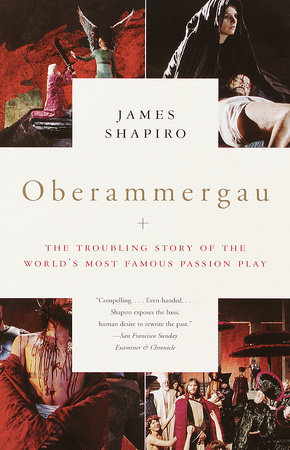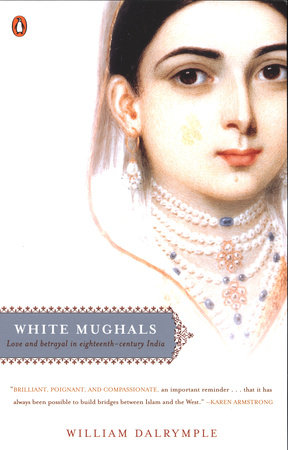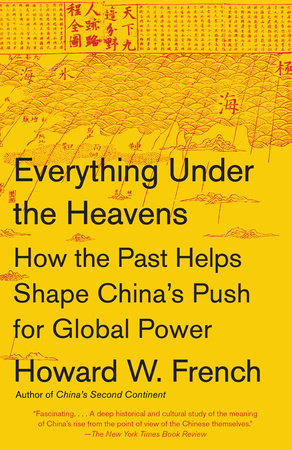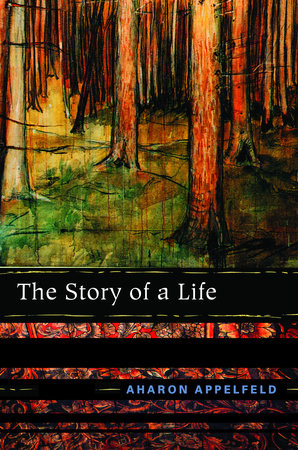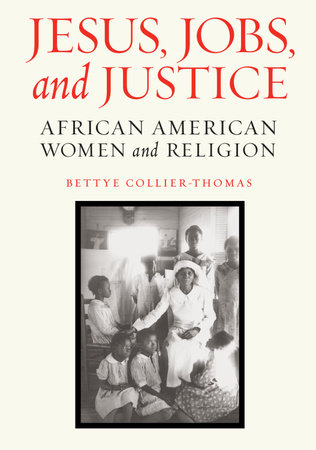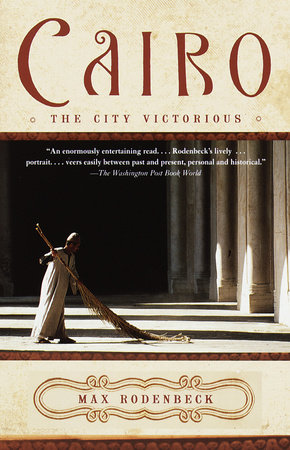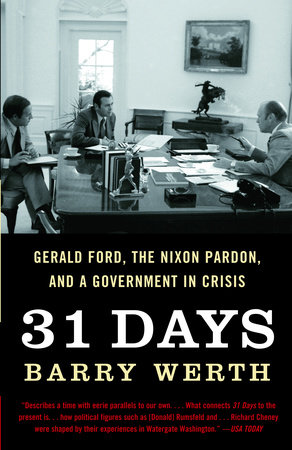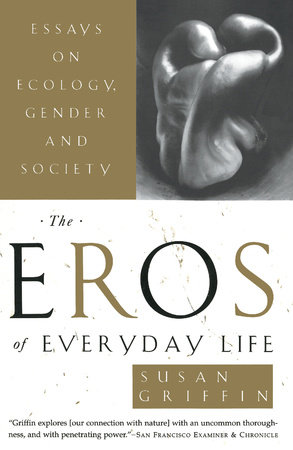A Conversation with James Shapiro, author of OBERAMMERGAU: The Troubling Story of the World’s Most Famous Passion Play
Q: What led you to write about Oberammergau and its play?
A: My passion is theater. I was born and still live in one of the great theater capitals of the world, New York City, and I have spent much of the past twenty-five searching out memorable productions around the globe — Tokyo, Tel Aviv, Berlin, Stratford-upon-Avon, London — wherever people care about theater. But I don’t know of a place in the world where theater matters more — or has mattered longer — than Oberammergau. The villagers have been staging their play, against all odds, for close to four hundred years. The rhythms of theater and daily life are deeply, deeply intertwined in Oberammergau, and for many in the village, acting in the play is cradle to grave. I spend much of my professional life trying to imagine what it must have been like going to the theater in Shakespeare’s England — the last place I know where theater played such a dominant role in daily life. But that was four hundred years ago. You can imagine my excitement visiting Oberammergau, speaking with the directors and actors, sitting in on rehearsals.
That having been said, I’m also interested in issues of art and anti-Semitism, in the ways in which art, especially theater, can inculcate disturbing beliefs, can lead people to do something reprehensible. As celebrated as Oberammergau’s play has been as the oldest continuous surviving example of medieval Christian drama, it is also notorious as a play in which Jews have long been portrayed as bloodthirsty Christ-killers. And this tradition has been complicated by the fact that during WWII a large percentage of the villagers -and most of the leading players — were Nazis. Hitler himself twice saw the play and praised its anti-Semitic content.
I was repelled by Oberammergau’s Nazi past and yet drawn to the villagers’ play as a piece of remarkable theater. So I took most of the past year off from my teaching duties and spent it wrestling with this dilemma.
Q: To what extent was this a scholarly project and to what extent was it personal?
A: What began as an intellectual project soon turned personal. I found writing about Oberammergau during the Nazi era very difficult. I never lived through the war — I was born ten years after it ended. I knew that I had lost some distant relatives in the Holocaust. But on what basis was I to judge the German people, and should I hold their descendents responsible (a version of that line about collective guilt in the Gospel of Matthew, "the blood on their children, and their children’s children")? I grew up in a Jewish home where we didn’t buy German goods, visit Germany, or speak German. I still have a kind of psychological block speaking the language. In short, I grew up assuming German collective responsibility for the extermination of the Jews. And yet the thing that most disturbed me about the Oberammergau play — until this year’s revised production — was its insistence on the collective responsibility of the Jews for the death of Jesus. Writing about accusations of collective guilt — German and Jewish — forced me to confront some unexamined assumptions. I worked as hard as I could to investigate matters thoroughly before judging actions that transpired over a half century ago.
A real breakthrough came for me when I stumbled upon the story of Max-Peter Meyer, a Jewish composer who moved to Oberammergau in the 1930s. He is one of the central characters in my book, and his fate encapsulates many of the paradoxes and complexities that circulate around Oberammergau’s anti-Semitism. Here was a Jewish man who was married to a Catholic, who underwent conversion to Catholicism, and yet who was subsequently attacked in his home by young Nazi villagers right after the infamous Kristallnacht of November 1938. He was dragged off to the Dachau Concentration Camp, survived, emigrated to England, and yet returned to Oberammergau after the war, testifying at the denazification trial of Alois Lang, who had played Jesus in the 1934, reassuring the court that his friend was no Nazi. Meyer even wanted to participate in the 1950 production. Like many other stories in Oberammergau, Meyer’s is quite complicated, and I try to do justice to it and the others I explore in the book.
Q: What was it like visiting Oberammergau?
A: I had never been to the village before and I wasn’t quite sure what to expect — I arrived without really knowing how I’d be received. I had written in advance, hoping to speak to some of the leading figures — the mayor, the directors and designers, and religious leaders. But in truth I didn’t know whether I’d be given the cold shoulder. I was also worried that I’d be denied access to the village’s archives, which housed documents that were crucial to telling the whole story, but which might make the villagers look bad. And, to be honest, I didn’t know how they would respond to my presence, knowing that I was a Jew.
The first thing I should say is that during my time in Oberammergau I never saw or heard or experienced the slightest trace of anti-Semitism. I suspect that after four decades of criticism and of soul-searching, the attitudes of most of the villagers have undergone a sea-change. In addition, a younger generation is now responsible for directing the play and for most of the major roles. I was given unfettered access to the village archives, including incriminating documents, and throughout my stays in the village I was treated with great hospitality — I was offered so many invitations that it was a struggle to have a quiet meal by myself. This is not to say that there aren’t profound disagreements in Oberammergau — between factions within the village, and between the villagers and their outside critics. One hears of these endlessly. But there’s a fundamental decency and friendliness, which is genuine, and which transcends these differences, even differences that cannot be resolved.
I’m the kind of traveler who doesn’t like to read tour books — they often ruin the magic of a visiting a place for the first time. But before coming to Oberammergau I had had to read probably 50 or so accounts, from the 1850s on, of visits by various artists, critics, and pilgrims to the village. I expected to be a bit cynical about it all upon my arrival, but as the train slowly climbed towards Oberammergau, I found myself as excited as any of the visitors whose accounts I had read. It’s a very beautiful place. So beautiful that it’s easy to forget about the past. You actually have to stop and remind yourself that fifty years ago slave laborers were working in a hidden tunnel in the side of the mountain adjoining the village, building rockets and jet aircraft intended to destroy the Allied armies and cities. Which is to say that like everything about Oberammergau, even sight-seeing is deeply layered in history and meaning.
Q: You write a lot in the book about interfaith dialogue between Christians and Jews. What conclusions did you reach?
A: Since the 1960s, and Vatican II’s reformulation of attitudes towards other faiths, Oberammergau has found itself at the center of Jewish-Christian dialogue. It could hardly be otherwise, given the fact that the play enacts the Crucifixion of Jesus. Until Vatican II the Church had blamed the Jews, collectively, and in perpetuity, for Jesus’ death. Church policy changed with Vatican II, but the portrayal of the Jews on Oberammergau’s stage did not. Until this time the villagers had received the Church’s formal blessing, a canonical mission declaring that they taught Church dogma; after this time they found themselves condemned by the same Church for staging a play that was anti-Semitic. It had to be bewildering for the villagers. Jewish groups argued that if the Church were genuinely interested in interfaith dialogue, it would pressure the villagers to change their play accordingly. But it’s not so simple changing a centuries-old tradition, and efforts to reform the play — both from within the village and from the outside world -met with fierce resistance. I do my best to recount these often divisive struggles, and have listened patiently to many of those who have spent decades of their lives trying to resolve these issues, including rabbi James Rudin of the American Jewish Congress and Rabbi Leon Klenicki of the Ant-Defamation League of B’nai B’rith. What did I conclude? Oberammergau reveals both the possibilities and the limits of interfaith dialogue, for at a certain point you hit bedrock difference, and I think that’s where the point at which the 2000 production stands.
To offer but one example: despite the many changes in the 2000 script, the Oberammergau play still introduces a series of scenes from the Hebrew Scriptures — the villagers would probably call it the Old Testament — that prefigure the events of Jesus’ life and death. Christians see the sacrifice of Isaac as prefiguring the sacrifice of another Son, Jesus. Like most Jews, I don’t, and I find myself troubled by the extensive appropriation of the Hebrew Bible, especially when it is used to vilify the Jews, to show that God has turned his back on his covenant with the Jewish people. There’s no getting around this difference. And the Vatican has made this clear: juxtaposing the Hebrew Scriptures with the Gospel narratives is how Christians read, is sanctioned by Jesus himself, and there’s not going to be any compromise on this issue any time soon.
Q: You mentioned earlier that you attended rehearsals. What was that like?
A: Rehearsals were the most exciting part of my Oberammergau experience. The Passion play director, Christian Stückl, graciously invited me to sit in on early rehearsals during my stay in Oberammergau. I suppose by the time that rehearsals finally got underway last September, I was getting a bit weary of all the controversy and hard-nosed negotiations about changes in the script. After all, my interest, first and foremost, was in theater. I had toured the stage, seen the various set designs, spoken at length with the directors and designers, and had read various versions of the script. But until you hear the actors recite the lines the play doesn’t really come to life. Though the current version of the Oberammergau script has been around for close to 140 years, it doesn’t read all that well and I was wondering how a play that feels lifeless on the page could continue to attract such a devoted following. I had not seen earlier productions, so that the actors’ first read-through was illuminating. It’s a very well structured and well paced play. I could see the effect of all the changes that had been made to soften its anti-Jewish edge. But I also saw where deeper structural dimensions to the play meant that these could not fully be eliminated — it still has all the elements of a revenge play, with the Jewish revengers ultimately revenged upon.
Sitting through a couple of rehearsals also gave me a good deal of insight into some of the underlying tensions within the village. For example, there is a struggle now between the younger and older generations, and this struggle was quite literally enacted in the opening scene of the play, where the Jewish high priests (played by veteran actors) confront Jesus and his disciples (played by much younger actors). When the High Priests attack these reformers for the failure to follow the old ways it was clear to everyone in the room that the text worked on a number of levels. The air crackled with the intensity of the confrontation.
Q: How did it feel sitting silently while everyone else was acting?
A: To be honest, I felt lucky even to be invited to attend rehearsals; I’m not even sure that privilege has been extended to visitors in the past. But it wasn’t easy staying silent, especially when the script called for all the "Volk" to respond. One of the most uncomfortable moments for me was when Jews called for Jesus’ death, repeatedly crying "Kill Him!" "Crucify Him!" It was tempting to join in, to raise your voice with the rest of the excited actors. I bit my lip and stayed quiet.
I should say, though, that there was one moment when I was asked to set aside my journalist’s objectivity and help out. One of the revisions that had been called for by Jewish critics and their Catholic supporters was to have Jesus say a prayer at the Last Supper, which was after all a Passover seder, in Hebrew. The villagers had agreed to the change, but by the time that the Hebrew text had been transliterated and passed along to the actors it had become garbled. I don’t think that anyone in Oberammergau spoke or read Hebrew, and nobody had caught the error. I thought about it and decided that it didn’t serve any purpose to remain silent and let the actors either embarrass themselves or antagonize their critics. So I pointed out the problem to the directors, who then asked me to work with the two actors doubling in the role of Jesus, helping them get the pronunciation and rhythm of the blessing right. We worked on it for fifteen minutes or so, and I could see how serious and respectful the actors were about pronouncing the Hebrew prayer correctly. It was a very moving moment for me. It was also my last night in Oberammergau, at least until the opening performance this May.
Q: So you’re going back to see the 2000 Production?
A: Yes. Mayor Fend was kind enough to set aside tickets for me and for my wife — she has heard and read enough about Oberamemrgau to want to see the play for herself. The production has been sold out for over a year — 500,000 happy ticket holders and several million disappointed latecomers. Curiously, perhaps two-thirds of the audience will be American, most of them Protestants. Why so many Protestants want to see a Catholic play about Jews is one of the mysteries of Oberammergau.
My wife and I are also excited about seeing the controversial exhibit that will accompany the play, a large outdoor Stations of the Cross designed by the American-born avant-garde artist Robert Wilson. A lot of the conservative villagers were very unhappy about this commission, and I think that many traditional church-going visitors will be a bit shocked by it. But the Wilson exhibit, like the Oberammergau play itself, underscores the inevitable tensions between tradition and innovation and between religious and commercial motives that have long been at the heart of controversies in Oberammergau.
